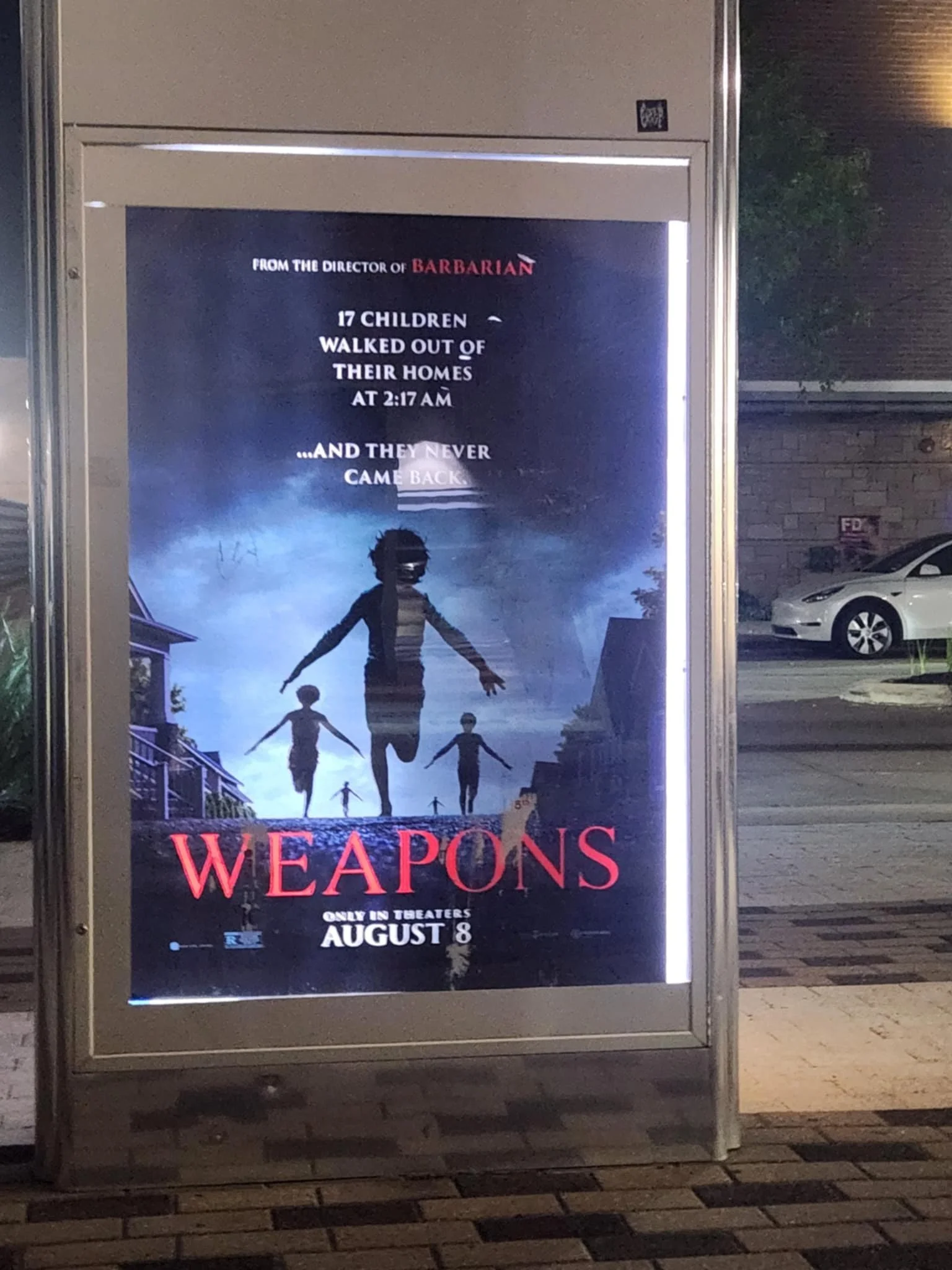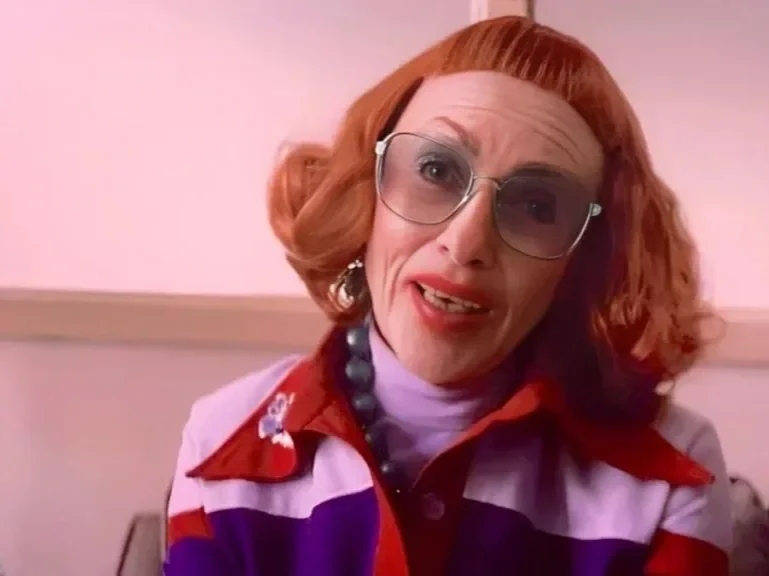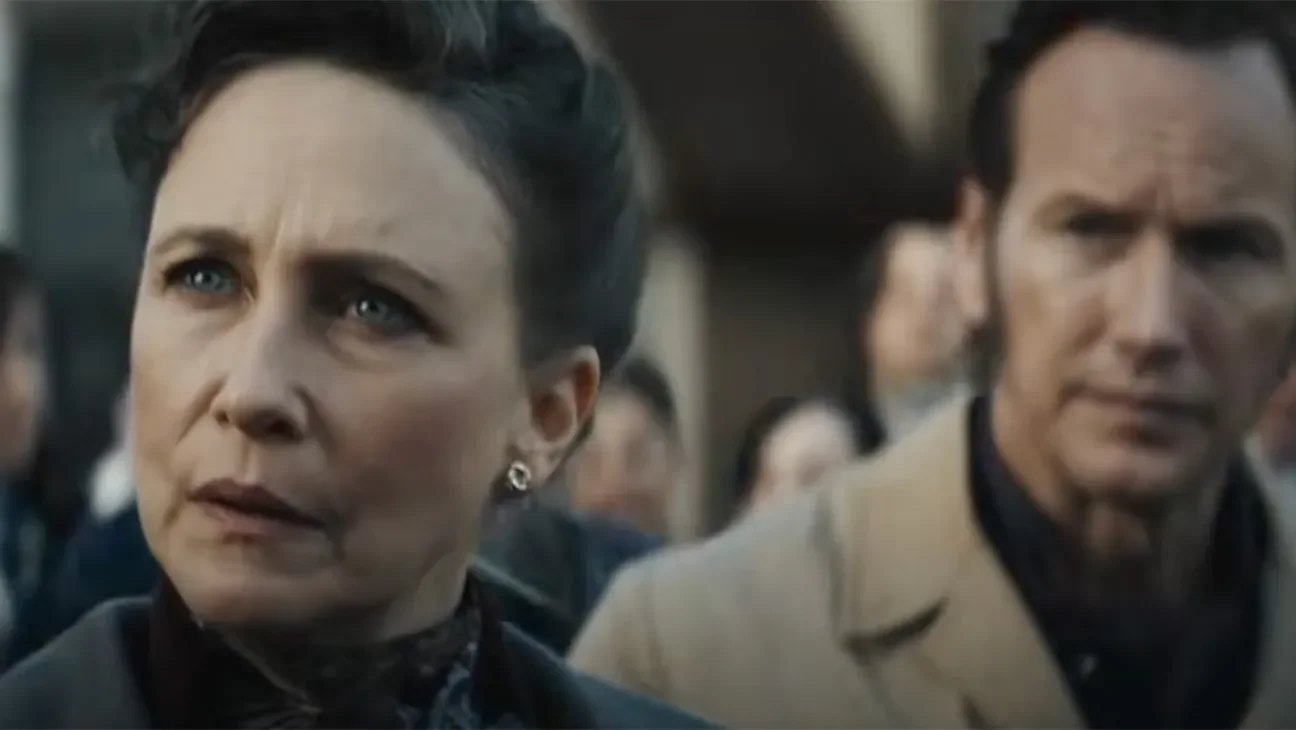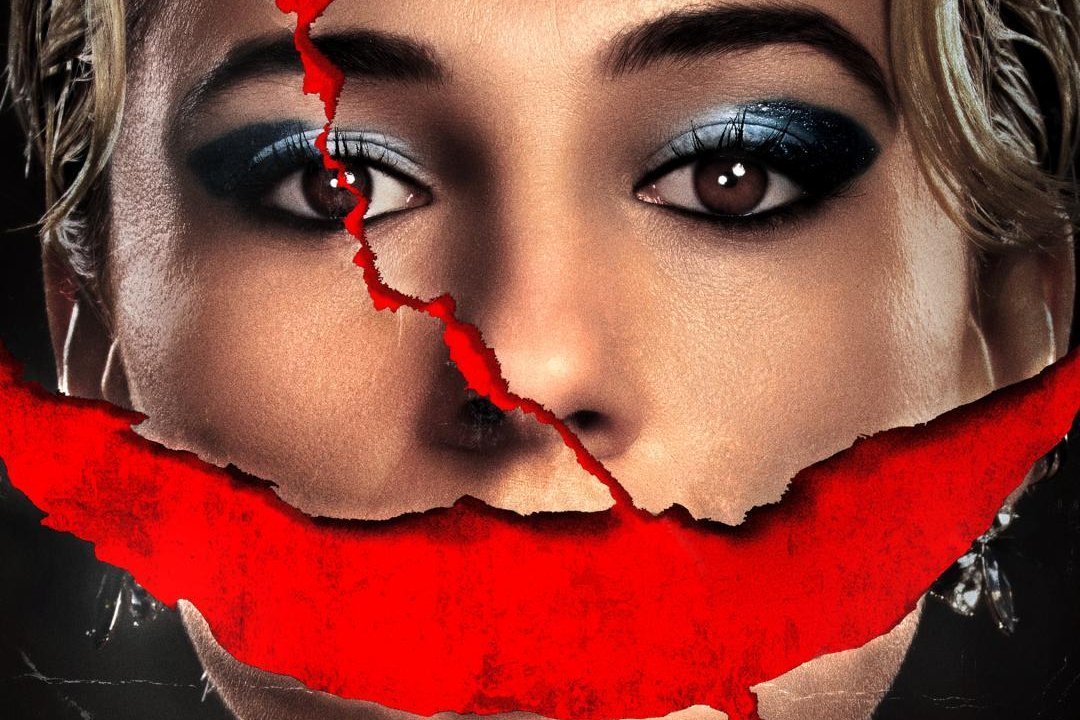Parasites, Witches, and Trauma in Weapons (2025)
This past weekend was super eventful for me! It was the Houston Horror Film Festival (a few videos are up on my socials about it), and to kick things off, I saw Weapons (2025), directed by Zach Cregger, who also directed Barbarian (2022). The film was the perfect way to kick things off because it starts quietly, an almost hypnotic experience, that increases until you are completely hooked to the screen.
The premise is relatively straightforward: all but one child from the same classroom disappears on the same night, exactly at the same time. We will explore the deeper plot later (with spoilers), but it is essential to know that the seventeen missing children were taken for a specific purpose, one that the audience will learn midway through, but will likely not see coming.
There is a lot going on in this film, and I find the most interesting aspects are the psychological underpinnings of the film, married perfectly with its mythos. Before we dive into that, I think you should go in knowing that the film is a slow burn from the start.
The Slow Burn Nature of Weapons
When I say slow burn, I’m referring to the cinematic technique in which the tension unfolds gradually, the pacing is slowed down, we see deep dives into the main characters (the film even uses “chapters” to hone in on each character’s perspective), and little by little, tension is picked up.
So, if you are going in expecting horror and gore from the jump, you will be disappointed. From the outset, the film embraces stillness. There are long takes, minimal dialogue, and a general sense of quiet unease that replaces flashy shocks. There are some horror elements, like a few jump scares, but the film does well to build up until Weapons shifts into sharper tension. This approach works well because, while there were moments where I was waiting for the horror to begin, I also felt so ingrained into the characters and the recurring question of “what happened to the children” that the slower pacing didn’t detract from my overall enjoyment of the film.
When the film does pick up, it picks up hard.
The Allegory of Child Abuse and Familial Trauma
There are many different themes explored in the film, such as the stages of grief (this theory states that certain characters are supposed to represent each stage). For me personally, I felt that beneath the slow-burning horror and cryptic visuals was the suffocating silence of abuse, and how that very silence can seep through generations.
If you haven’t seen the film, stop reading and see it. If you have, or want to be spoiled, then one of the biggest reveals is the introduction of the Gladys character, who is the “aunt” to Alex, the only child who has not gone missing. It is revealed that Gladys is the one solely responsible for the children’s disappearance and has essentially lulled them out of their beds and into the basement of Alex’s family home.
What is most unsettling isn’t the fact that she is a witch (of sorts) nor the bursts of violence of supernatural imagery, but the quiet, practical cruelty of Gladys. For example, when she takes over the minds of the parents and then wickedly causes them to self-harm in front of Alex, it is solely to prove a point. It is done casually and without an ounce of empathy.
Later, she tells Alex to “clean up before the detectives arrive,” and this feels like a gut punch to the audience. The creeping silence, the caretaking role that Alex is suddenly thrust into, and everything done so that nothing looks “wrong” to outsiders, is where the real fear lives.
The film also makes it clear that abuse rarely exists in isolation; it is equally tethered to family history. Weapons offers a glimpse into the way that abuse is not just experienced, but inherited, whether Gladys is really his aunt (and it is certainly hinted that she’s not).
The film also does a nice callback to the theme of silence as a result of trauma by outright saying that some of the children have just learned to talk. In this vein, escaping isn’t just about killing the monster (or eating them in this case), but it is about breaking the cycle that made the monster possible in the first place. It is about being mindful of who you let in and why.
The Parasite Theory
While there are many interpretations surrounding Weapons, one of the most intriguing to me is the “parasite theory.” In this theory, the antagonist of the film isn’t just a witch, but her overall nature is that of a parasite. The hints are certainly there, sprinkled throughout the movie like breadcrumbs.
In Alex’s flashback, a classroom lesson on parasites plays out in the background, seeming innocuous until it echoes later. Marcus and his husband watch a nature documentary on cordyceps, among other topics. Even the way Gladys inserts herself into the family feels parasitic: she feeds off their labor, their fear, and their silence, ensuring her survival by making herself indispensable.
Others have likely noticed that when Gladys “feeds,” she is vibrant, with her red hair and stylish red glasses. When she is not feeding or needs sustenance, she is pale, almost shriveled. Like many parasites or creatures with parasitic-like behavior, Gladys’ “care” is a form of infection that alters the family’s instincts, making their priority keeping her comfortable and hidden, regardless of the cost to themselves. It greatly reminds me of the cuckoo or the brown-headed cowbird, which are both known for their brood parasitism. They lay their eggs in the nests of other birds, killing or damaging the eggs that are there. Like with Gladys, you don’t notice the change until it is too late.
Whether the parasite reading is literal or purely metaphorical, director Zach Cregger seems to have planted enough seeds to make it impossible to ignore. This makes the payoff of the ending, the literal consumption of Gladys, feel more satisfying. It’s a dog-eat-dog world after all.
The Witch Archetype & Folk Horror Traditions
I could not create this blog without spending time talking about the witch aspect of Gladys. While there is no forest hut, coven rituals under the moonlight, there is an air of folklore about her. She is woven into the fabric of domestic life, like most witches are, but she somehow becomes more than an archetype. She is a sinister predator whose dangers lie in her being a parasitic matriarch.
Her presence reminded me greatly of Stephen King’s short story, “Gramma,” in which a young boy, George, must care for his bedridden grandmother, who, as the story unfolds, is there to take over his body. The visual cues, the subtle nods to traditional witchcraft (like the ringing of the bell or breaking of the branches), and the sinister nature of the other, who is made worse because of the familial aspect, really sold the whole witch angle.
Admittedly, I had read about a witch before watching the film, and I wasn’t sure if it would work out, but I can tell you that the blend of folklore and psychological reality elevated the film.
After the Silence of the Weapons Film
Overall, Weapons is a fantastic film that rewards patience. It is a deliberate, methodical slow burn that might frustrate some viewers, but for those willing to lean into the pacing, the payoff is certainly worth it. That quiet build is part of the trap, lulling the audience before the rug gets yanked.
By far, the unpredictability of the film is its greatest weapon. Just when you think you have found the rhythm, the film shifts tonally, narratively, and emotionally. If you are on the fence, I highly encourage you to give the movie a try. It is not as emotionally disturbing as Bring Her Back (2025), but it certainly hits a similar tone, just without the extreme heaviness. I definitely think if you are willing to give it a try, you might understand what all the buzz is about.
Inside the Fear and Folklore of Weapons (2025)
-
No. While not based on real events, the film’s exploration of abuse, trauma, and silence reflects very real emotional and psychological experiences.
-
On the surface, Weapons is a slow-burn psychological horror centered on a group of children, from the same class, who go missing at exactly the same time. Beneath that, it’s a layered allegory for child abuse, the impacts of trauma, and the destructive power of secrecy. Plus…there’s a witch involved.
-
The gun acts as both a literal plot element and a symbol for latent danger, reinforcing themes of instability and violence lurking just beneath the surface.
-
There’s no mid- or post-credit scene, but the closing credits feature unusual, unsettling visuals that extend the film’s haunting atmosphere.
-
Very few. The film relies more on sustained tension, dread, and disturbing imagery than on sudden loud moments. It’s a slow burn that unsettles you rather than startles you.
-
It’s not overly graphic by modern horror standards, but when violence does occur, it’s impactful and disturbing. Much of the discomfort comes from implication rather than explicit gore.
-
The stretches of near-wordless scenes mimic the silencing effect of abuse and neglect, where speaking out can feel dangerous. Silence becomes its own form of control.
-
Yes, though they’re understated. Witch-like imagery and eerie forces are used more as metaphors for power, fear, and inherited trauma than straightforward paranormal scares.
-
Not at all. The narrative shifts tone and direction in ways that keep viewers disoriented, mirroring the instability of abusive dynamics.
-
The fear comes less from monsters and more from the emotional and psychological weight of the story. If you’re sensitive to themes of child abuse or family trauma, it may be deeply unsettling.
















Explore how Guillermo del Toro transforms Frankenstein into a symbolic, emotional fairytale that stands apart from Mary Shelley’s original.